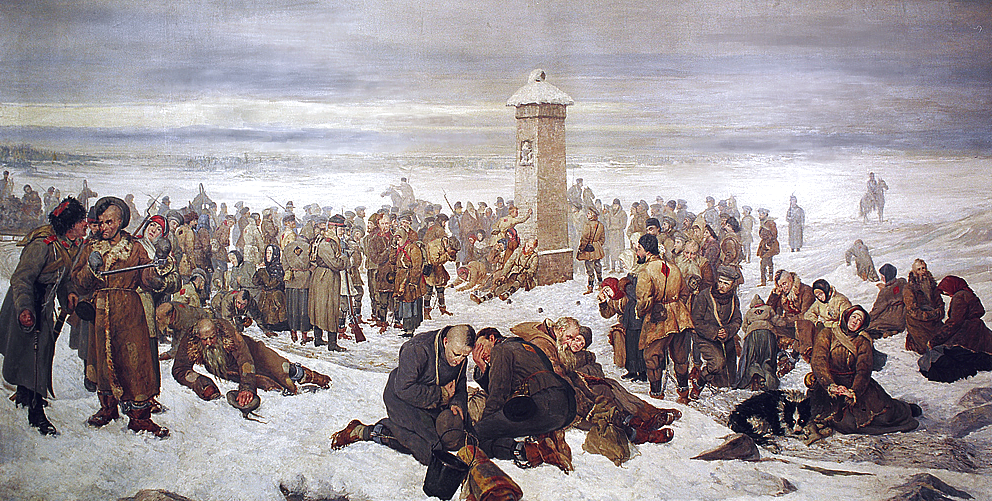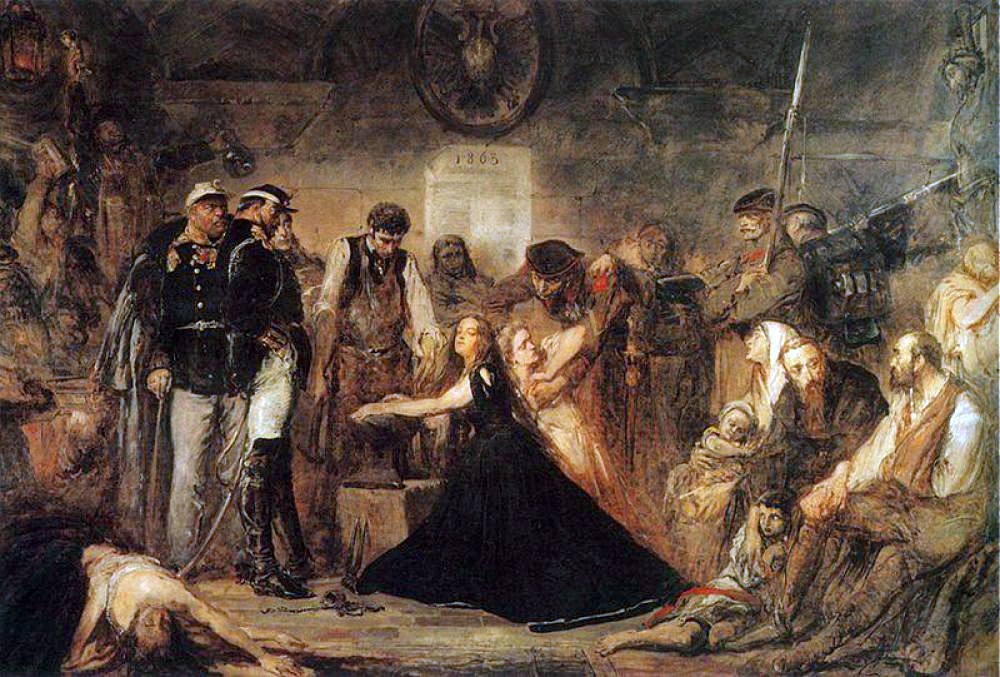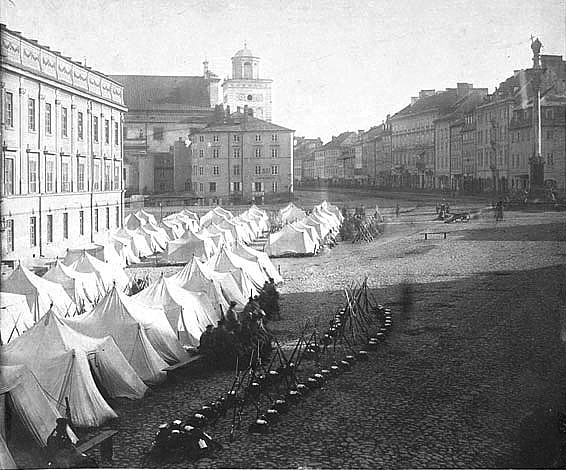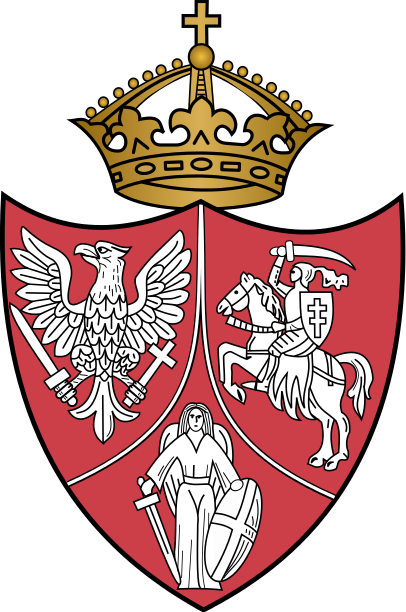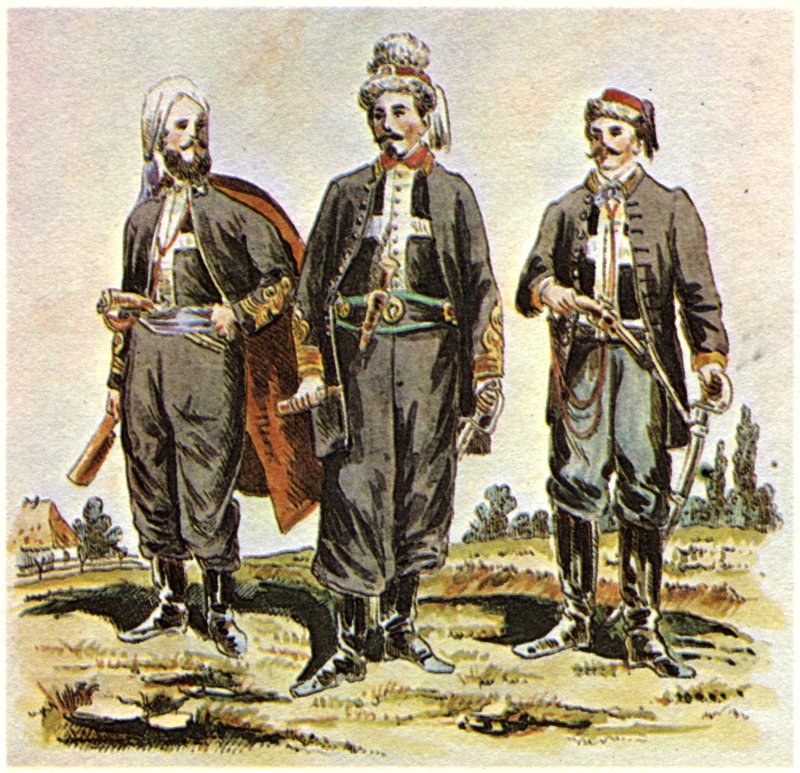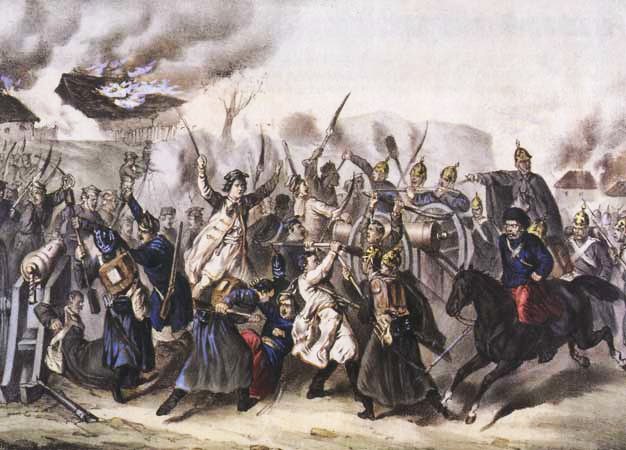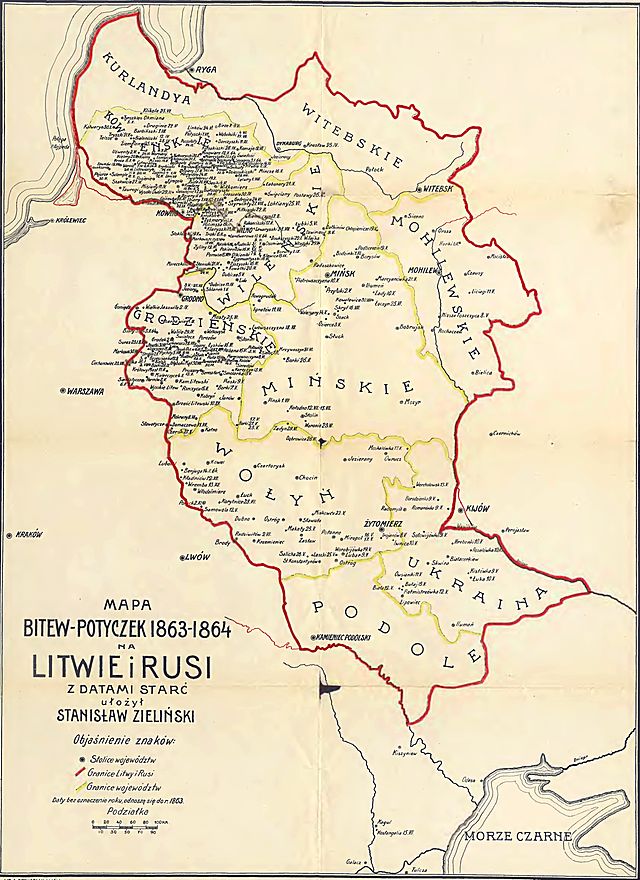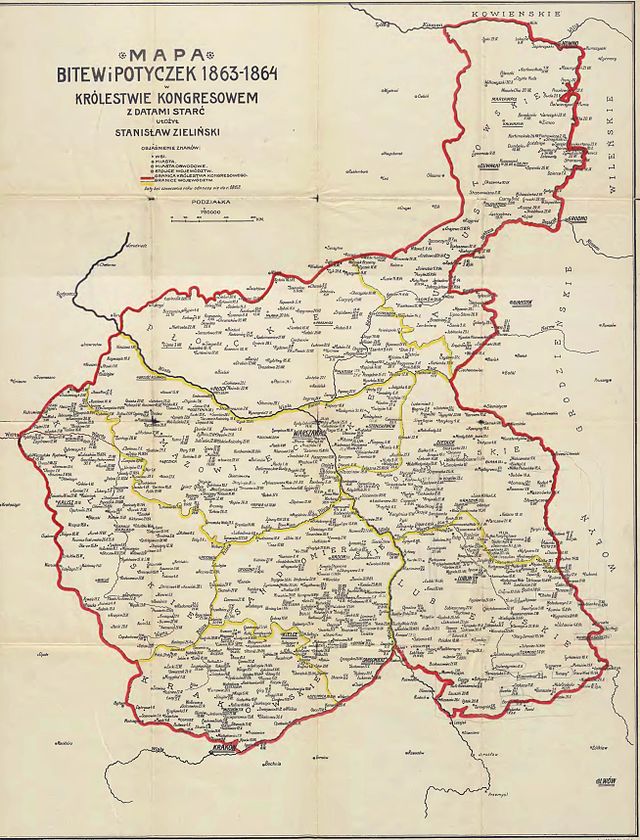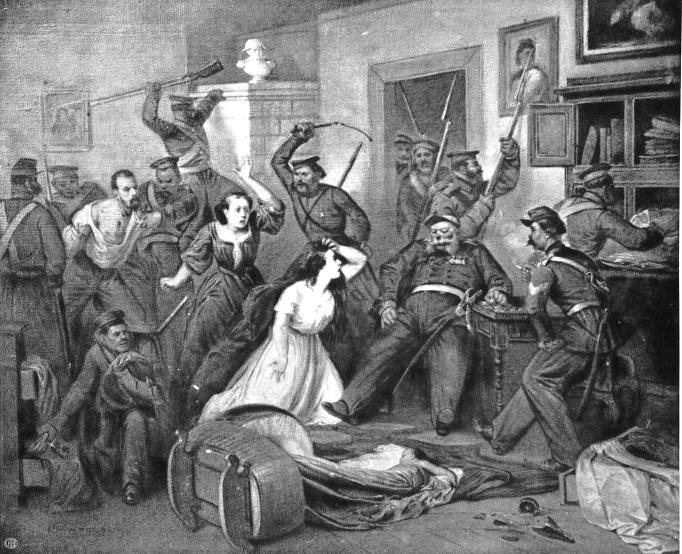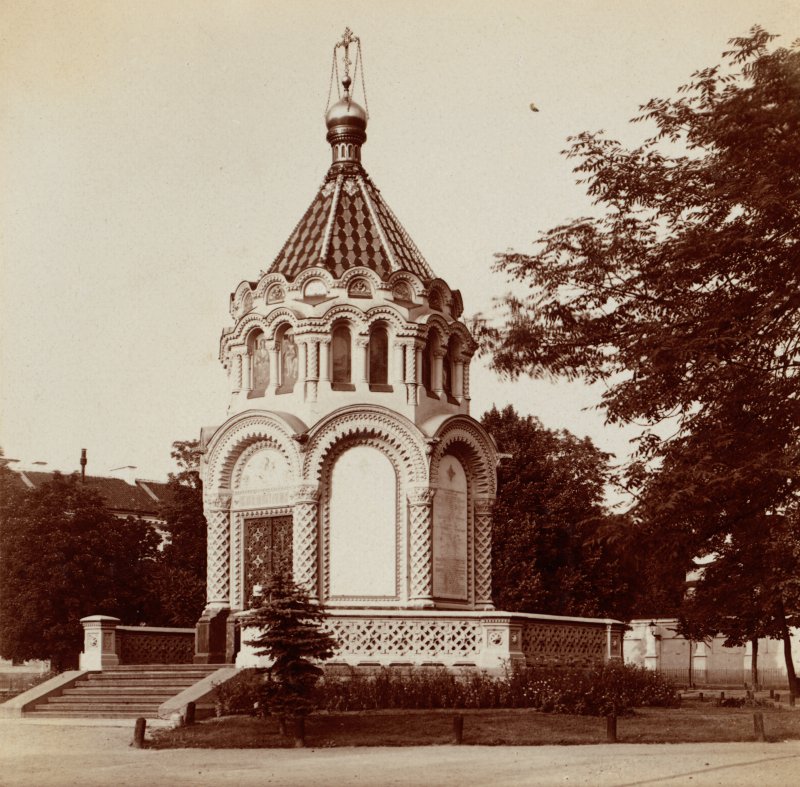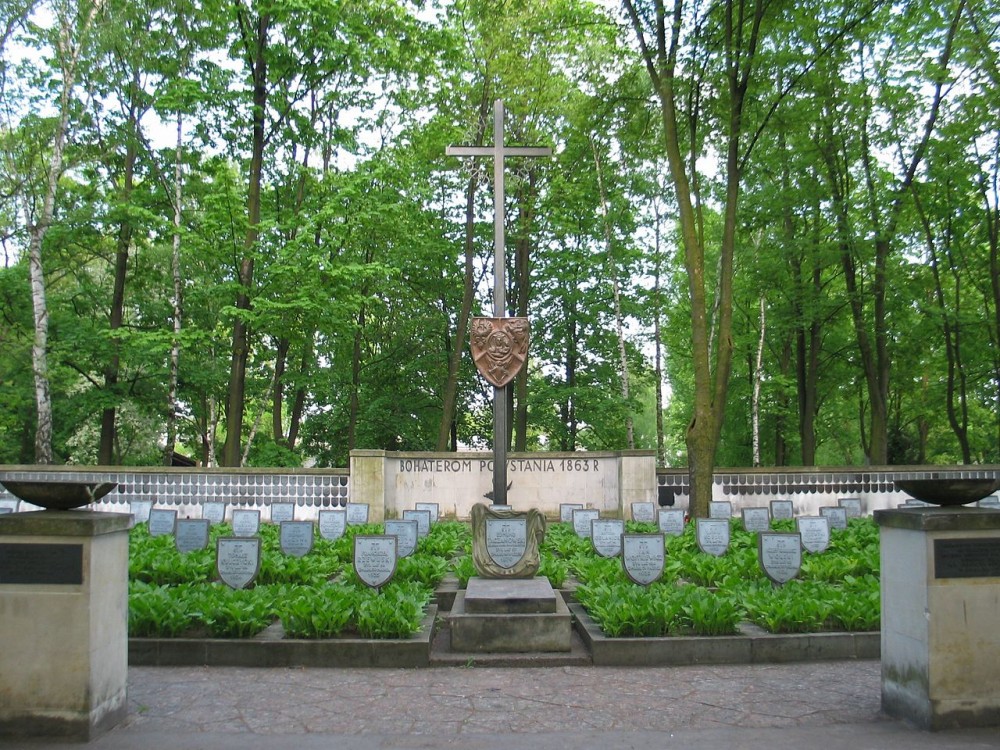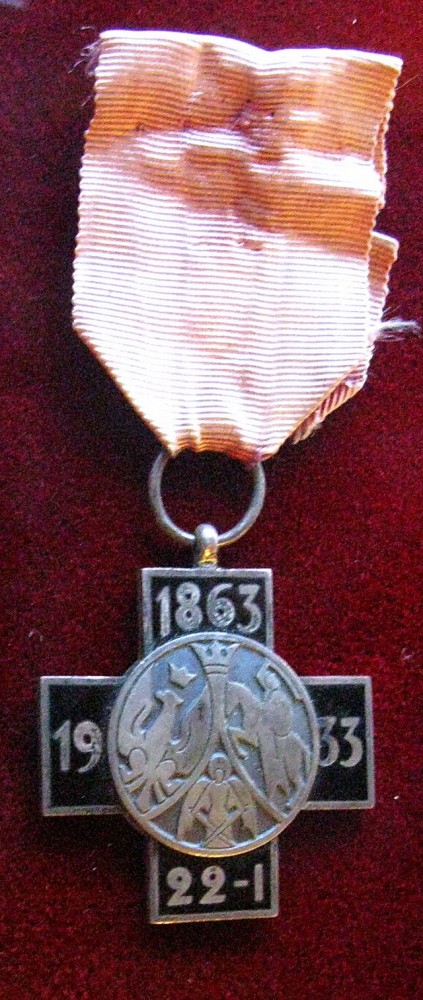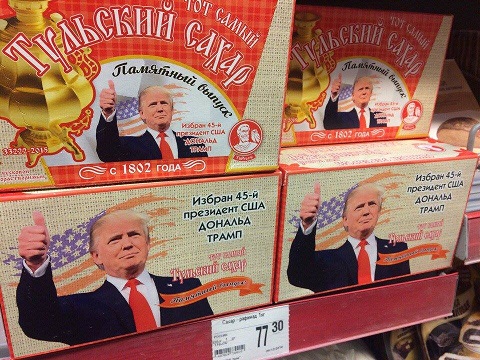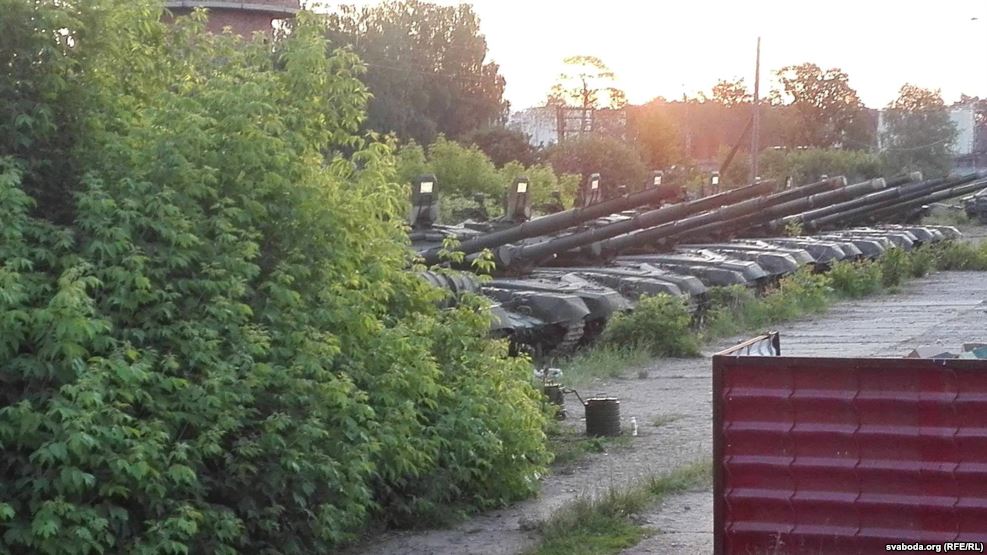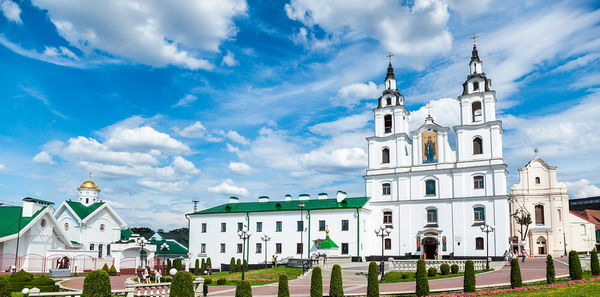Drawing on Richard Pipes’ argument that the 1863 Polish revolt was viewed by many Russians as an illegitimate European attack on Russia and led them to conclude that “only the autocracy could preserve the integrity of the country,” Irina Glebova argues that the Ukrainian revolution of 2013-2014 (Euromaidan) has had “approximately the same influence on Russia.”
Paralleling what happened in Poland 150 years ago, the INION historian says, “the attempt of Ukraine to finally assert its European identity (in opposition to the Soviet-Russian) by completing the process of building independent statehood and an equal nation offended Russian national feelings.”
A renewed sense of Russian national pride, combined with a belief that Ukraine had betrayed Russia and that the West was a threat caused “the overwhelming majority of the Russian population” to support “presidential autocracy” and converted the ordinary “Great Russian” into a nationalist,” who completely dispensed with Soviet-era internationalism.”
This new Russian nationalist also arose in reaction to “the Gorbachev-Yeltsin past” which sought to integrate Russia into Europe and to absorb European values, just as the Russian reaction to the Polish uprising helped trigger reaction to the liberal reforms Tsar Aleksandr II had carried out before the Poles rose up.
As a result, Glebova continues, Russian life dispensed with the ideas of freedom, civic responsibility and social solidarity and turned in just the opposite direction, thereby restoring the traditional Russian relationship between rulers and ruled, a relationship that had been threatened by perestroika and the wild 1990s.
“Typogically,” the Moscow historian continues, “the construction of the new Russian social values [also] recalls the transition from the post-revolutionary 1920s to the Stalinist USSR.” That parallel suggests why “in order to kill within itself the 1990s, contemporary Russia requires a ‘Stalin’” and features of his regime, including acceptance of state violence or terror.
War has begun to define domestic affairs as well, “and the policy of the authorities and social relations ever more are being defined by the formula: who is not with us is against us.” This has happened very fast: “over the course of several months, we have moved along a path which recalls the drift of post-imperial Russia from February to October 1917.”
As a result, she says, “an atmosphere was created in the country in which everything is possible,” including some horrors which many had thought Russian would never return to but which like the reaction after the 1863 Polish rising may last a long time before they are ended by a new rising of Russians.
